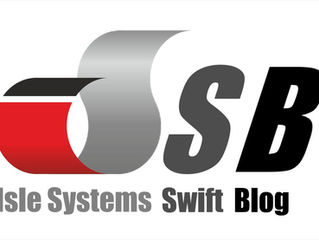

How to Remove the Impact of Manual Processes for Lone Worker Protection
In a previous post we covered 5 potential impacts of adopting manual processes to protecting your lone workers. These were: the human...


The Problems with Manual Processes for Lone Working
Almost all companies have in place some kind of process to make sure they operate – and can demonstrate – a duty of care to their staff,...


Manual Approaches to Lone Worker Protection - Part 2
In a previous post we looked at a range of ways companies use manual processes to make sure they’re providing a duty of care to their...


Isle Systems Swift Blog - Protecting your People, Infrastructure, Equipment
We all lead busy lives, so we’re introducing the Isle Systems Swift Blog (ISB for short). Each ISB summarises related blog posts you may...


Behind the Scenes of Lone Working - Part 2
Monitoring and alerting by themselves are no good if you don’t provide watertight communication channels.


Behind the Scenes of Lone Working - Part 1
In the first part of this two-blog-post series we look behind the front-line staff to the systems that are whirring away in the background.


The Trouble with Traditional Monitoring and Alerting Systems
Commercial solutions for monitoring, alerting and communications systems focus on lone workers, fire & intruder alarms and machinery....


Lifecycle of Emergency Events
In this post we look at the lifecycle of an emergency event and how you can manage all such events comfortably


The New Ways to Think About Lone Worker Protection
Apart from these two obvious areas, it turns out that there are other ways to think about lone worker protection. Here are four of them.


One monitoring and alerting system for multiple sites with varied device and user requirements
The company had been considering a lone worker system with indoor positioning for a long time, a situation which became more pressing after











































